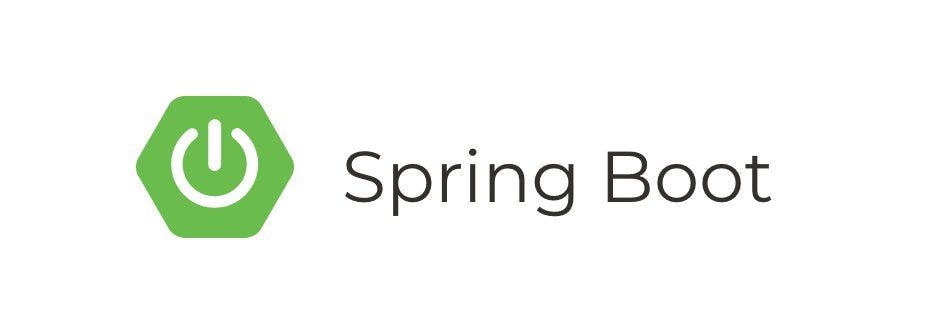Introduction
Spring Boot is a popular framework for building Java-based, production-grade applications. It simplifies the development process by providing default configurations, allowing developers to focus on writing business logic. jOOQ (Java Object Oriented Querying) is a library that simplifies database access in Java applications by providing a fluent API for building SQL queries.
This tutorial will guide you through integrating Spring Boot with jOOQ in a step-by-step manner, with examples along the way.
Prerequisites
- Java Development Kit (JDK) installed (version 8 or later)
- Maven or Gradle build tool
- A relational database (e.g., MySQL, PostgreSQL)
- Spring Boot development environment (IDE such as IntelliJ IDEA or Eclipse)
Step 1: Create a Spring Boot Project
You can use Spring Initializr (https://start.spring.io/) or your IDE to create a new Spring Boot project. Include the necessary dependencies: “Spring Web” and the database driver for your chosen database.
Step 2: Configure Database Connection
Add the necessary database configuration properties in the application.properties or application.yml file. For example, for MySQL:
spring.datasource.url=jdbc:mysql://localhost:3306/your_database
spring.datasource.username=your_username
spring.datasource.password=your_password
spring.datasource.driver-class-name=com.mysql.cj.jdbc.Driver
spring.jpa.database-platform=org.hibernate.dialect.MySQLDialectStep 3: Add jOOQ Dependency
Add the jOOQ dependency to your project’s pom.xml or build.gradle file:
Maven:
<dependency>
<groupId>org.jooq</groupId>
<artifactId>jooq</artifactId>
<version>3.15.1</version> <!-- Check for the latest version on Maven Central -->
</dependency>Gradle:
implementation 'org.jooq:jooq:3.15.1' // Check for the latest version on Maven CentralStep 4: Generate jOOQ Code
jOOQ provides a code generator that reads your database schema and generates Java classes representing your tables, records, and DSL (Domain Specific Language). Configure the generator by adding the following plugin to your pom.xml or build.gradle file:
Maven:
Gradle:
Run mvn clean install (Maven) or ./gradlew clean build (Gradle) to generate jOOQ code.
Step 5: Create a Spring Data Repository
Create a Spring Data JPA repository for your entity. For example:
Step 6: Create a Service Layer
Create a service class that interacts with the repository and performs business logic. For example:
Step 7: Create a Controller
Create a controller to handle HTTP requests and delegate to the service layer. For example:
Step 8: Run the Application
Run your Spring Boot application and test the endpoints. You can use tools like Postman or Swagger UI to interact with your API.




